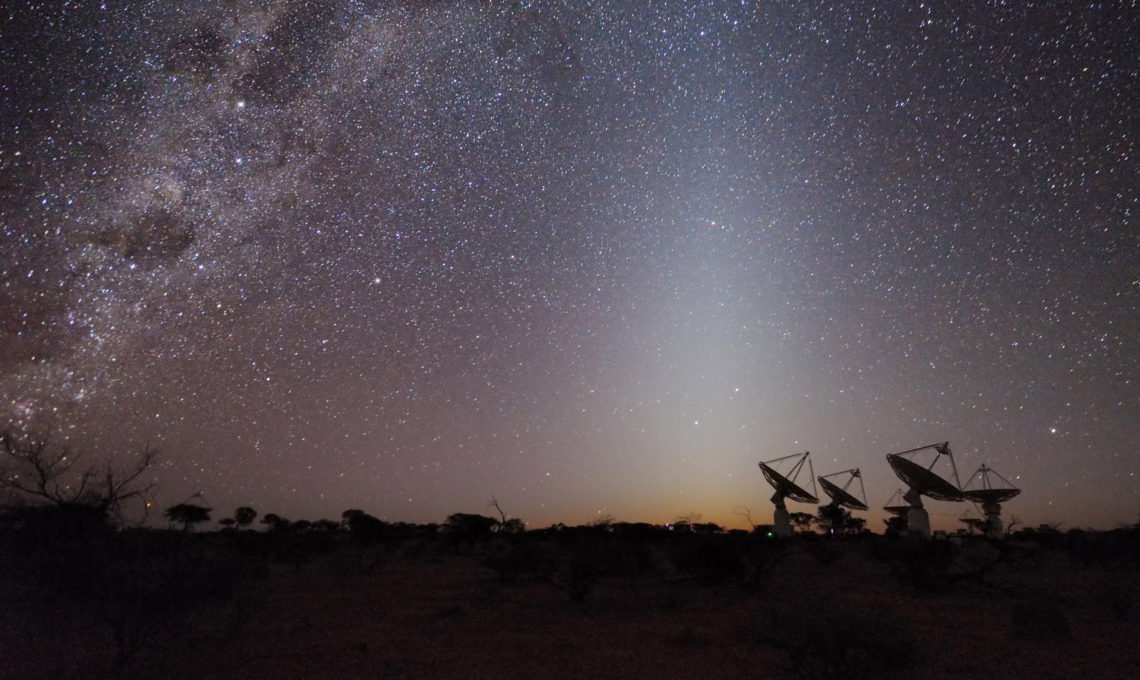
Australian eResearch infrastructure lets astronomers hear echoes from the dawn of time
In a breakthrough discovery hailed as the most significant find in astronomy since gravitational waves, astronomers in the United States have used an Australian radio telescope to detect signal from the universe’s first stars.
The Experiment to Detect the Global EoR Signature (EDGES) team, led by astronomer Judd Bowman at Arizona State University, used AARNet’s domestic and international links to access data from the Murchison Radio-astronomy Observatory (MRO) in remote outback Western Australia to hear the incredibly faint signal coming from 13.6 billion years back in the universe’s history.
The discovery, published in Nature, marks the closest astronomers have seen to the moment stars formed after the Big Bang.
Understanding the first stars is key to the full story of our cosmic origins, according to Bowman, whose team made the discovery.
“Finding this miniscule signal has opened a new window on the early Universe,” says Bowman.
“The first stars are responsible for seeding the early Universe with heavier elements and starting the processes that led to stars like our Sun.”
The signal the team was searching for fell in the region of the spectrum used by FM radios, making its detection from most Earth-based locations impossible. As such, the research team turned to the MRO.
Established and managed by the Commonwealth Scientific and Industrial Organization (CSIRO) in a radio-quiet zone approximately 800km north of Perth and a long way from the noises of modern-day life, the MRO is ideally located for listening to faint whispers from deep space.
Thanks to research and education networks, geography did not limit the Arizona-based researchers’ ability to access the large volumes of data collected by the small radio antenna they deployed.
AARNet in partnership with CSIRO currently provides 300 Gigabit per second (expandable to 12 Tbps) of connectivity between the MRO and Perth to support current and future experiments.
The EDGES team used research network infrastructure to transfer around 4GB a day to their lab in the United States.
Bowman explains that high-speed research network access to the Murchison Radio Telescope – which the team continues to access as part of their ongoing research – has transformed their ability to carry out groundbreaking research.
“Since we have moved to the high-speed network, we have been able to transfer data at any time and rate needed and our response to issues that arise can be in real-time now.”
The MRO is home to two next-generation telescopes, the Australian Square Kilometre Array Pathfinder (ASKAP) and the Murchison Widefield Array (MWA). It is also a site for the future Square Kilometre Array (SKA) – the world’s largest telescope, and host to a number of international experiments, including CORE, PAPER, SCOPE and EDGES.
(This story first appeared on news.aarnet.edu.au)
Photo: Alex Cherney
For more information please contact our contributor(s):

